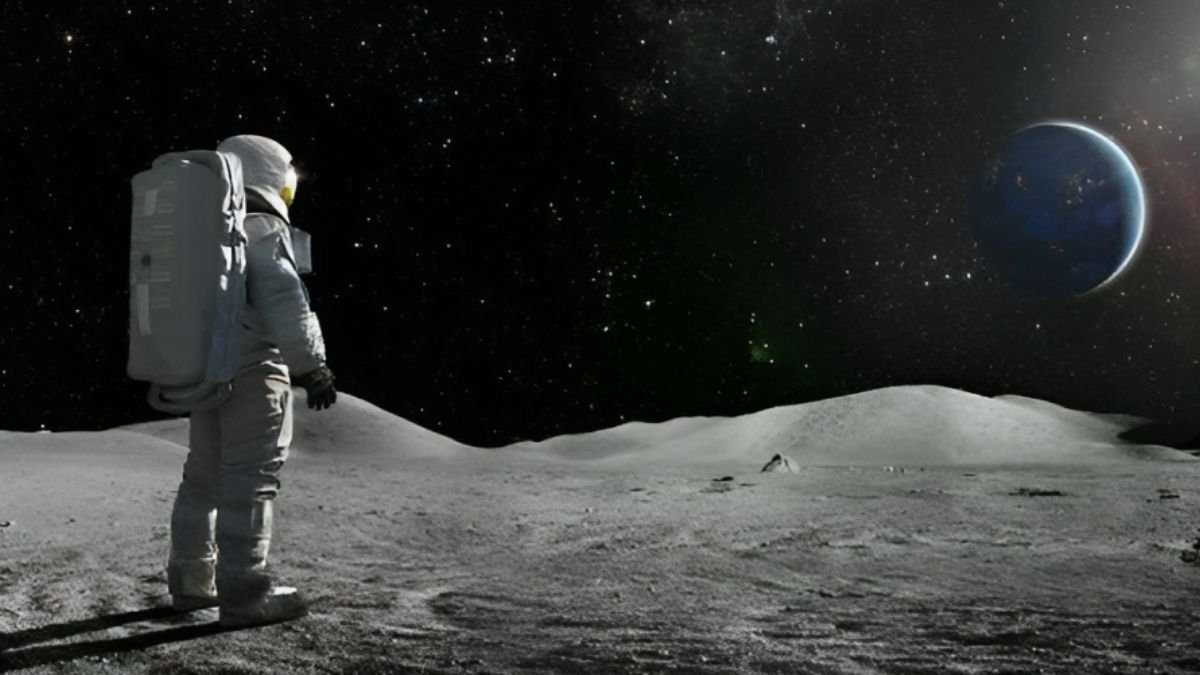TecMundo and #AstroMiniBR bring together a weekly collection of the most extraordinary astronomical curiosities produced throughout the week by the team’s collaborators. Twitter profile To share the fantastic universe of astronomy with you. See below!
#1: Returning to the Moon with NASA’s Artemis mission
Yes, you read it right: humanity is preparing to return to the Moon after more than 50 years! NASA’s Artemis 3 mission represents this exciting new chapter in space exploration, with the bold goal of landing the first woman and the next man on the Moon by 2025.
This effort is at the heart of the Artemis program, which aims to return humans to our natural satellite and provide significant support to human missions in space. Artemis 3 will mark a major milestone by performing the first lunar spacewalk since 1972It paves the way for innovative scientific and technological advances.
But this mission will be much more than a simple return to our natural satellite: The idea is to serve as a first step for future exploration, including the ambitious goal of sending astronauts to Mars.
Artemis 3 will involve the application of advanced technologies, life support systems and cutting-edge scientific instruments to deepen our understanding of the Moon and, by extension, the Solar System. Providing a platform for scientific research and technological innovation, Artemis 3 demonstrates humanity’s continued commitment to opening new frontiers in space and inspiring the pursuit of new discoveries in the vast universe that surrounds us.
#2: Cosmic Periodic Table
The incredible diversity of chemical elements that make up what we know—me, you, our cell phones, tree leaves, and everything else that exists in the Universe—finds its origin in fascinating astrophysical processes. Nucleosynthesis, the creation of atomic nuclei, occurs primarily in two distinct stages: primitive nucleosynthesis and stellar nucleosynthesis.
In the first minutes after the Big Bang, primitive nucleosynthesis occurred, responsible for the formation of the lightest elements such as hydrogen, helium and trace amounts of lithium. But the heaviest elements, such as carbon, oxygen, iron and others, have their origins deep within stars..
Inside these stars, intense nuclear processes occur by combining lighter atoms to form heavier elements. These elements are then released into space during the death of these stars in events known as supernovae, spreading a rich mixture of chemicals throughout interstellar space.
Observing and understanding these astrophysical processes is fundamental to unraveling the complexity of the periodic table and the chemical history of the Cosmos.
#3: What are the spots on the Sun’s surface?
Sunspots are the result of fascinating events occurring on the Sun’s surface and represent regions that are cooler than the surrounding areas. These visible features are caused by intense magnetic activities that temporarily inhibit the convection process, thus causing the temperature of the affected area to drop.
Sunspots, which are darker in appearance compared to the rest of the solar surface, are associated with complex magnetic fields that interact in dynamic ways. These phenomena have activity cycles of approximately 11 years and are crucial to understanding solar dynamics and their effects on near-Earth space conditions..
Increased magnetic activity around sunspots can lead to solar flares, releasing enormous amounts of energy and charged particles into space. Sunspot observation and monitoring plays a crucial role in solar research and in predicting potentially destructive solar activity for Earth.
Did you like the content? So always stay informed about the latest astronomy news at TecMundo!
Source: Tec Mundo
I’m Blaine Morgan, an experienced journalist and writer with over 8 years of experience in the tech industry. My expertise lies in writing about technology news and trends, covering everything from cutting-edge gadgets to emerging software developments. I’ve written for several leading publications including Gadget Onus where I am an author.













